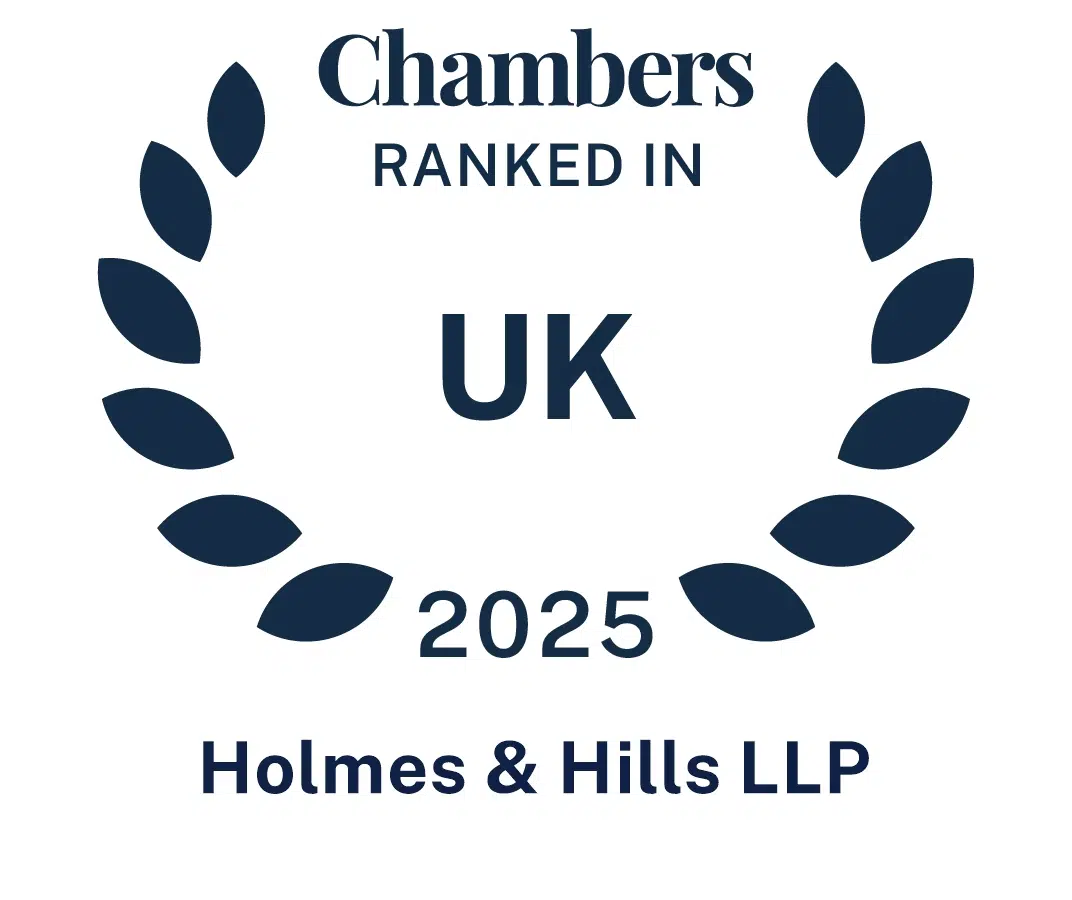Back in 2020, Planning Law solicitor Jo Lilliott discussed the Court of Appeal case DB Symmetry and Swindon Borough Council and Secretary of State for Housing Communities and Local Government [2020] EWCA Civ 1331.
In December 2022, the Supreme Court affirmed the Court of Appeal decision when it ruled that a planning condition may not require a landowner to dedicate land as a public highway.
This case concerned a development site on the outskirts of Swindon. The proposed development included many roads and Swindon Borough Council (‘SBC’) wanted to ensure that the development connected with the wider road network.
SBC therefore granted outline planning permission in 2015 subject to 50 conditions. Condition 39 stated:
‘The proposed access roads, including turning spaces and all other areas that serve a necessary highway purpose, shall be constructed in such a matter as to ensure that each unit is served by fully functional highway, the hard surfaces of which are constructed to at least basecourse level prior to occupation and bringing into use. Reason: to ensure that the development is served by an adequate means of access to the public highway in the interests of highway safety.’
SBC asserted that condition 39 imposed an obligation on the applicant to dedicate the Access Roads as public highways. The applicant argued that it would have been reasonable and lawful for SBC to utilise a ‘planning obligation’ requiring the Access Roads to be dedicated as a public highway, SBC argued that a planning condition could be used to achieve the same result.
The Supreme Court were faced with two issues:
Moving forward, this case reminds planning authorities that their power to impose planning conditions is not unlimited. There are several factors that the authorities must consider, including established policy and precedent from previous cases.
But the main take away is that if a planning authority want roads within a development site dedicated as public highways, they must negotiate an agreement with the landowner, or the landowner may submit a unilateral undertaking. This cannot be done by way of a planning condition.
However, it is of note that the government are threatening to limit the use of s106 agreements in the Levelling-up and Regeneration Bill due to the supposed delays that they cause. If the government are successful in limiting s106 agreements in connection with planning permissions, this case has shown that it will be extremely difficult to secure infrastructure that is necessary and required to make a development acceptable.
We therefore need to await the outcome of the Levelling-Up and Regeneration Bill to see if the use of s106 agreements continue to be allowed within the planning context.
Holmes & Hills have an experienced team of Planning Law Solicitors who will gladly assist you in any queries that may have regarding planning conditions, planning obligations or s106 agreements.
Call 01206593933 and ask to speak to a Planning solicitor. Or complete the form below.
Disclaimer
The content of this article is provided for general information only. It does not constitute legal or other professional advice. The information given in this article is correct at the date of publication.






A Mackman Group collaboration - market research by Mackman Research | website design by Mackman